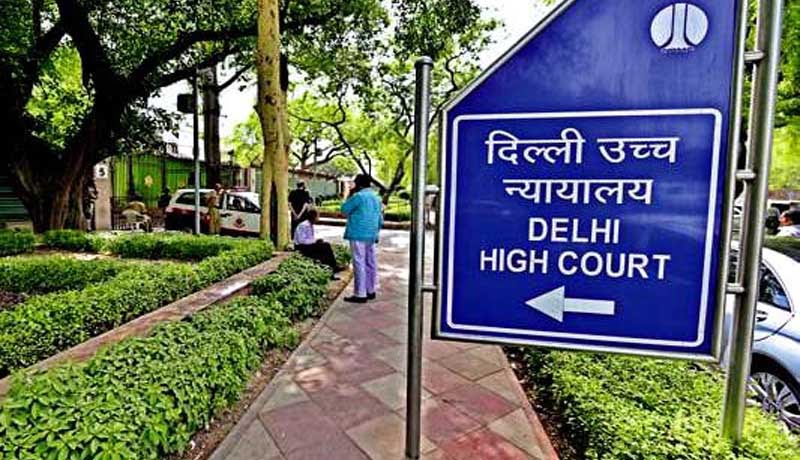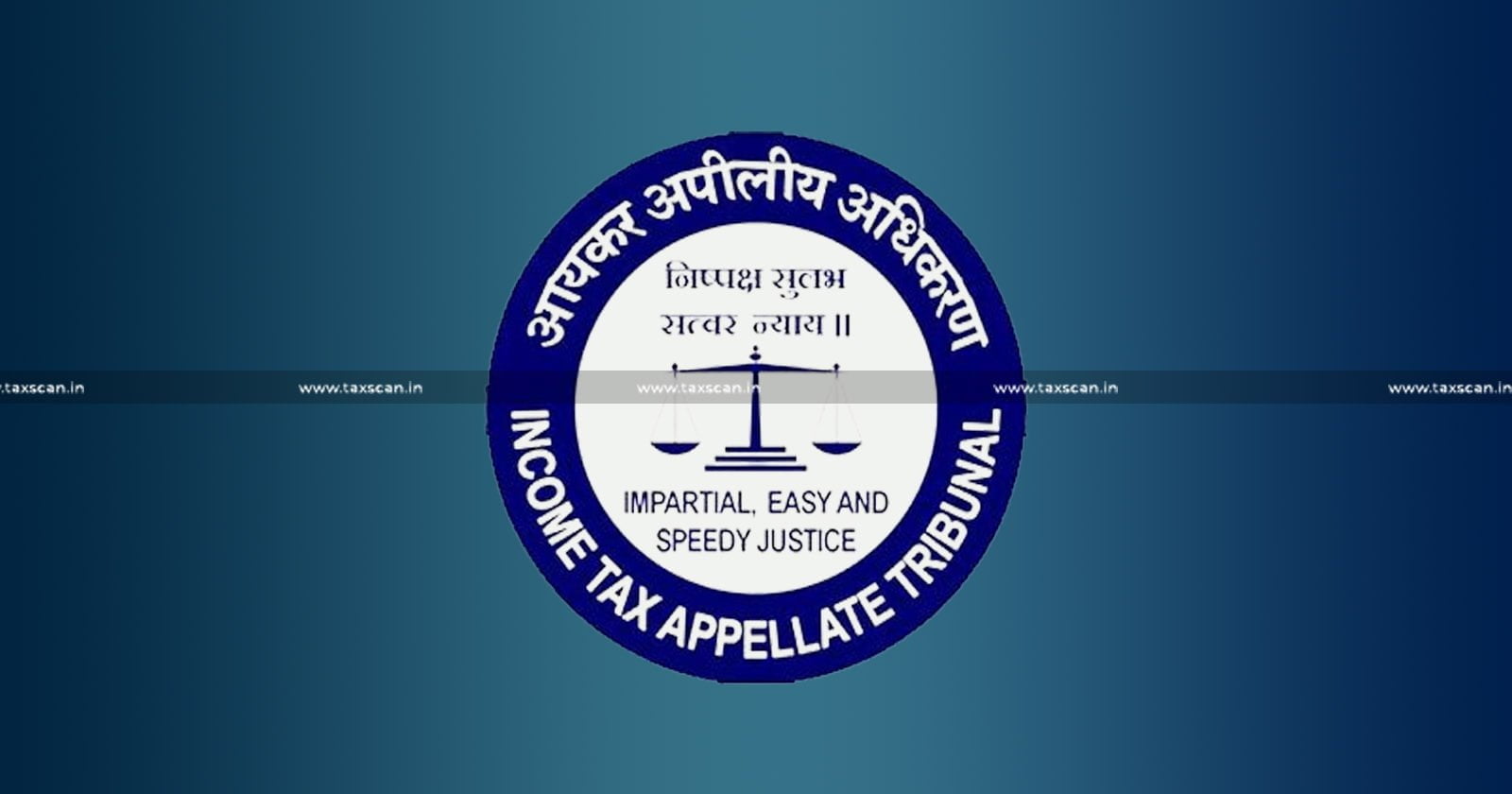ITAT Holds Peak Credit Theory Not Applicable in Undisclosed Income Gold Stock Case; Directs AO to Verify Details as per CBDT SOP/Guidelines [Read Order]
ITAT ruled that the peak credit theory is inapplicable in a ₹36.17 crore bogus gold transaction case and directed the AO to verify details as per CBDT guidelines.
![ITAT Holds Peak Credit Theory Not Applicable in Undisclosed Income Gold Stock Case; Directs AO to Verify Details as per CBDT SOP/Guidelines [Read Order] ITAT Holds Peak Credit Theory Not Applicable in Undisclosed Income Gold Stock Case; Directs AO to Verify Details as per CBDT SOP/Guidelines [Read Order]](https://images.taxscan.in/h-upload/2025/06/25/2054189-income-gold-stock-case.webp)
The Surat bench of the Income Tax Appellate Tribunal (ITAT) has held that the theory of peak credit is inapplicable in a case involving undisclosed income channeled through bogus gold trade transactions.
The Tribunal ordered the Assessing Officer (AO) to verify all the details and evidence that are mandated as per the Central Board of Direct Tax (CBDT) Standard Operating Procedure (SOP) and Guidelines.
The appellant, Shah Maganlal Gulabchand Choksi is a Surat-based company engaged in the trading of gold and silver bullion. The Income Tax Department’s attention was attracted to the company after an investigation in the wake of demonetization.
Get a Complete Kit of Essential Books for Daily Practice, Click Here
 Also Read:Defense of Peak Credit cannot be taken where deposits remain unexplained u/s 68 of the Income Tax Act: Delhi HC [Read Order]
Also Read:Defense of Peak Credit cannot be taken where deposits remain unexplained u/s 68 of the Income Tax Act: Delhi HC [Read Order]
During the investigation, investigators discovered suspicious fund movements through two entities, namely, M/s Nirav & Co. and M/s S.R. Traders. In a month right after demonetization, the bank account of M/s Nirav & Co. saw cash deposits of ₹36.17 crore which were all in high-denomination demonetized notes. Shortly after each deposit, the same funds were transferred via Real Time Gross Settlement (RTGS) to the assessee's bank account.
Similarly, ₹24.35 crore was deposited into S.R. Traders' account, out of which ₹13.36 crore reached the assessee. In both cases, the department concluded that the ultimate beneficiary was the assessee firm.
The Assessing Officer (AO) observed that bank accounts were used to convert unaccounted cash into bankable funds. The alleged transactions with Nirav & Co. were bogus because the firm had no physical existence, and its address was vague. The entire ₹36.17 crore was thus treated as an unexplained investment under Section 69 of the Income Tax Act, 1961.
 Also Read:Application of Section 44AD: ITAT Rules Gross Deposits Taxable at 8% for Retail Business Assessment [Read Order]
Also Read:Application of Section 44AD: ITAT Rules Gross Deposits Taxable at 8% for Retail Business Assessment [Read Order]
On appeal, the Commissioner of Income Tax (Appeals) ( CIT(A) ) agreed that the assessee misused third-party bank accounts to bring unaccounted cash into its books. However, the bench applied the theory of peak credit and restricted the addition from ₹36.17 crore to ₹4 crore.
Step by Step Guidance for Tax Audit & E-filing, Click Here
The assessee failed to produce even a single credible invoice, PAN, or buyer detail for the ₹36 crore in sales.
The ITAT bench comprising Pawan Singh (Judicial Member) and Bijayananda Pruseth (Accountant Member) ordered that the peak credit theory cannot be applied where transactions are not cyclical and the withdrawals are made via cheque.
The tribunal held that “There was no evidence that the cash once withdrawn was redeposited. The transactions were linear and not circular. This invalidates the application of the peak credit principle”
 Also Read:Failure of AO to Prove Nexus b/w Post- Dated Cheque and Undisclosed Income: ITAT Upholds deletion of Addition [Read Order]
Also Read:Failure of AO to Prove Nexus b/w Post- Dated Cheque and Undisclosed Income: ITAT Upholds deletion of Addition [Read Order]
As a result, AO was directed to verify all details filed by the assessee before the lower authorities and the Tribunal, reversing the partial relief granted by the CIT (A).
Rasesh Shah represented the assessee while the department was represented by Ravi Kant Gupta.
Support our journalism by subscribing to Taxscanpremium. Follow us on Telegram for quick updates


